The range of avoidable food waste amounts to 3-46% of the total food served. Loss rates are between 14 and 22% of food that is discarded without being used. In Austria alone, 45,000 tons of avoidable food waste accumulate annually from the catering trade, 50,000 tons from accommodation, 61,000 tons from communal catering and 19,000 tons from other businesses such as coffee houses. When taking the average purchase prices into account, this means that around 320 million euros end up in the garbage can, which is 8,000 euros per company – and this does not include the additional costs for disposal. It pays off to analyze your own business and address this issue from a purely economic perspective.
Pesto, chips and pickles
Carrot greens can be used to make a pesto by adding pine nuts, garlic, parmesan and olive oil, which can also be stored frozen. Carrot peels can also be used to make chips. Just add a little olive oil, salt and pepper and bake them in the oven at 356 degrees Fahrenheit (180 degrees Celsius) for 15 minutes until they’ve turned golden brown. To make pickles, pour a saline solution and vinegar over sections, skins and stems of carrots, broccoli and cauliflower as well as cumin seeds and bay leaf and store in a cool place.
Fizzy drinks, pickles
You can reuse cucumber skin at the bar. Simply add them to cocktails or a fizzy drink together with mint leaves, lemon juice, soda water and ice cubes. The cucumber end pieces can be cut into fine slices and mixed with yellow mustard seeds, a salt solution and vinegar to make pickles.
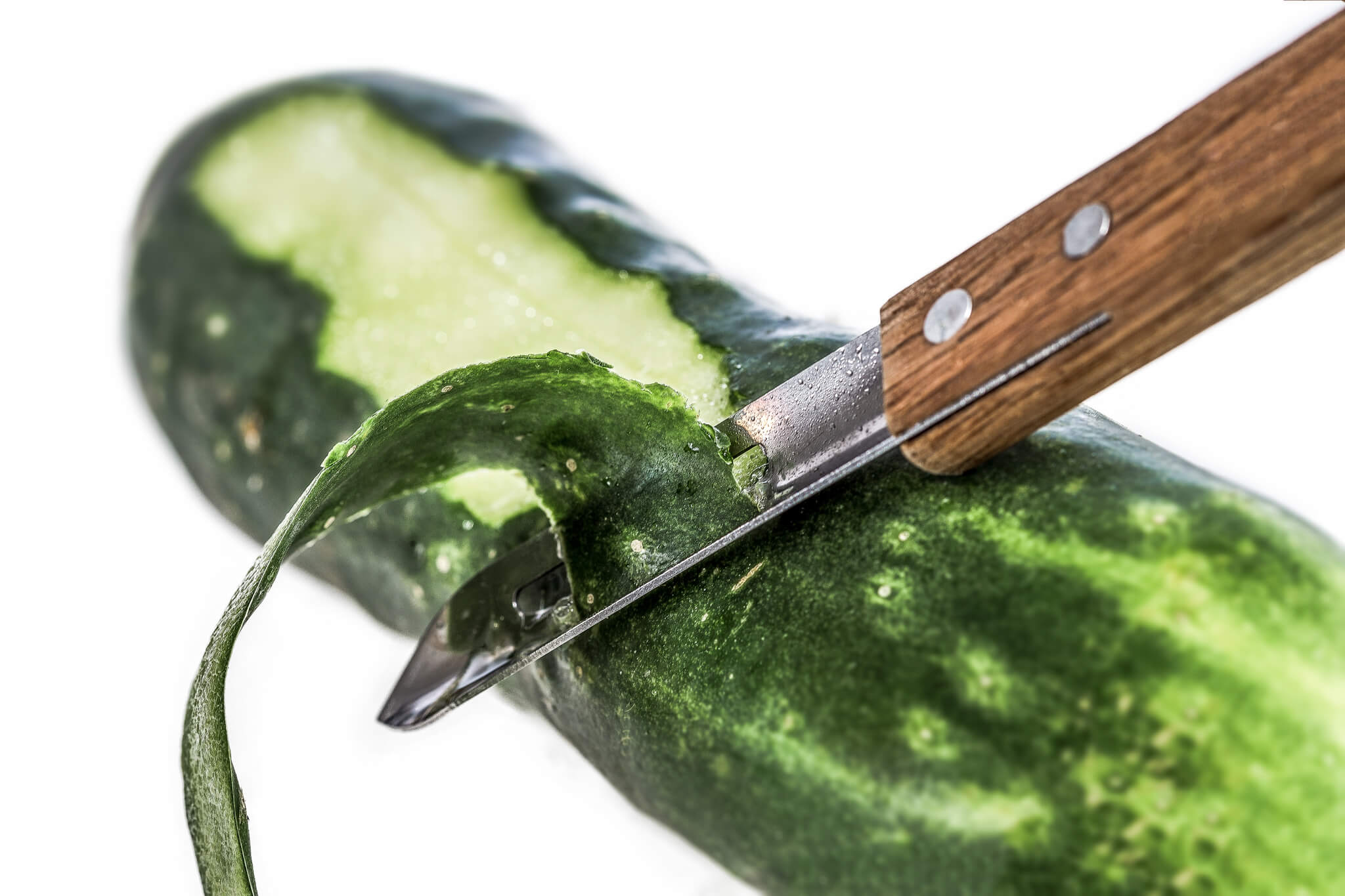
Image: 123RF
Pickles
Kohlrabi peels can also be used to make vegetable pickles with cumin, curry, turmeric, a salt solution and vinegar.
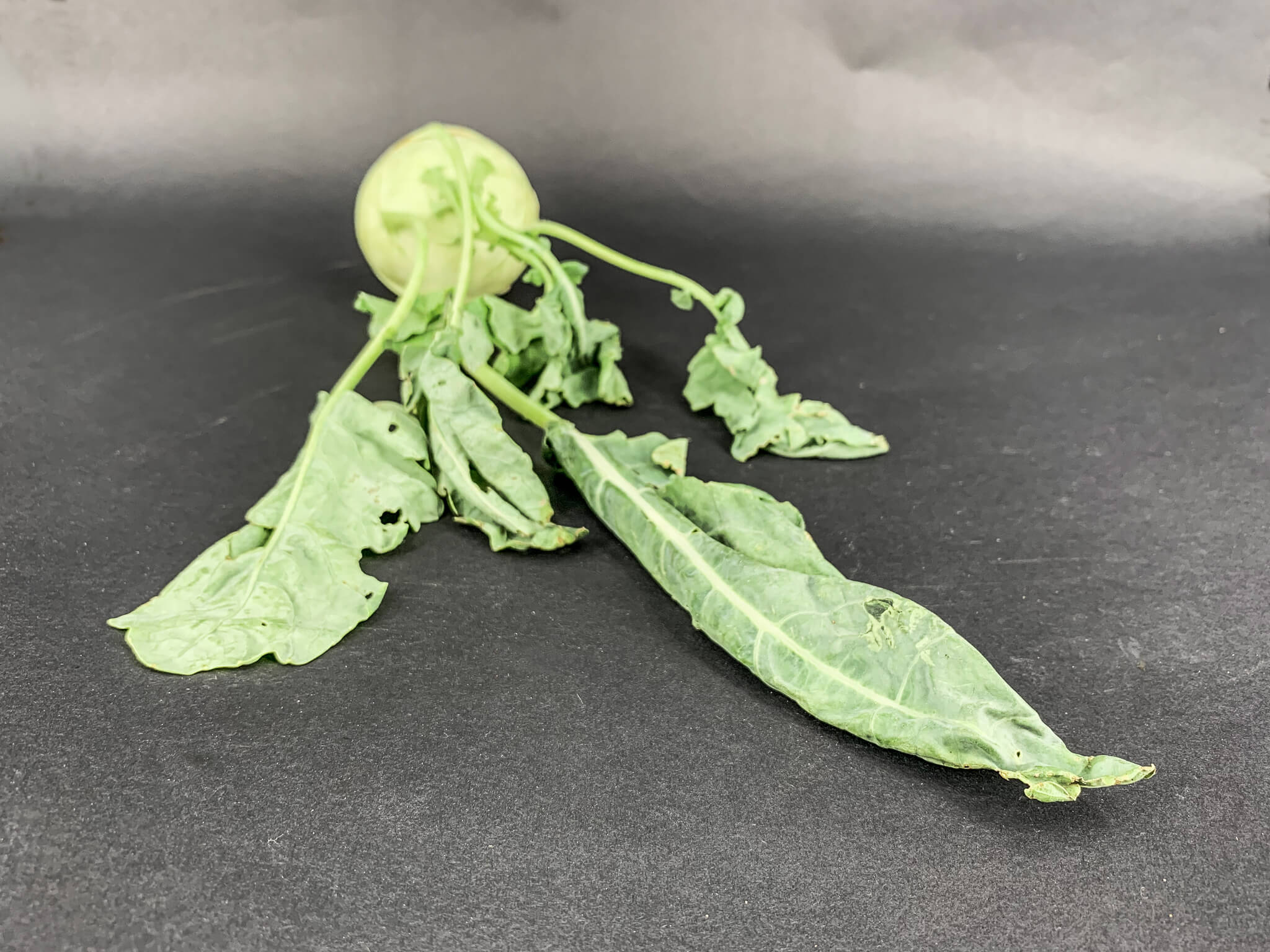
Image: Falstaff | Gorsche
Salads, soups, decorative elements
Kohlrabi leaves can be used in a similar way to herbs or spinach. With its intense aroma you can spice up mixed salads, refine soups and stews or conjure up a smoothie rich in nutrients. The leaves can also be pressed between two silicone mats, sprayed with oil and sugar, baked briefly in the oven and used as an attractive decorative element.


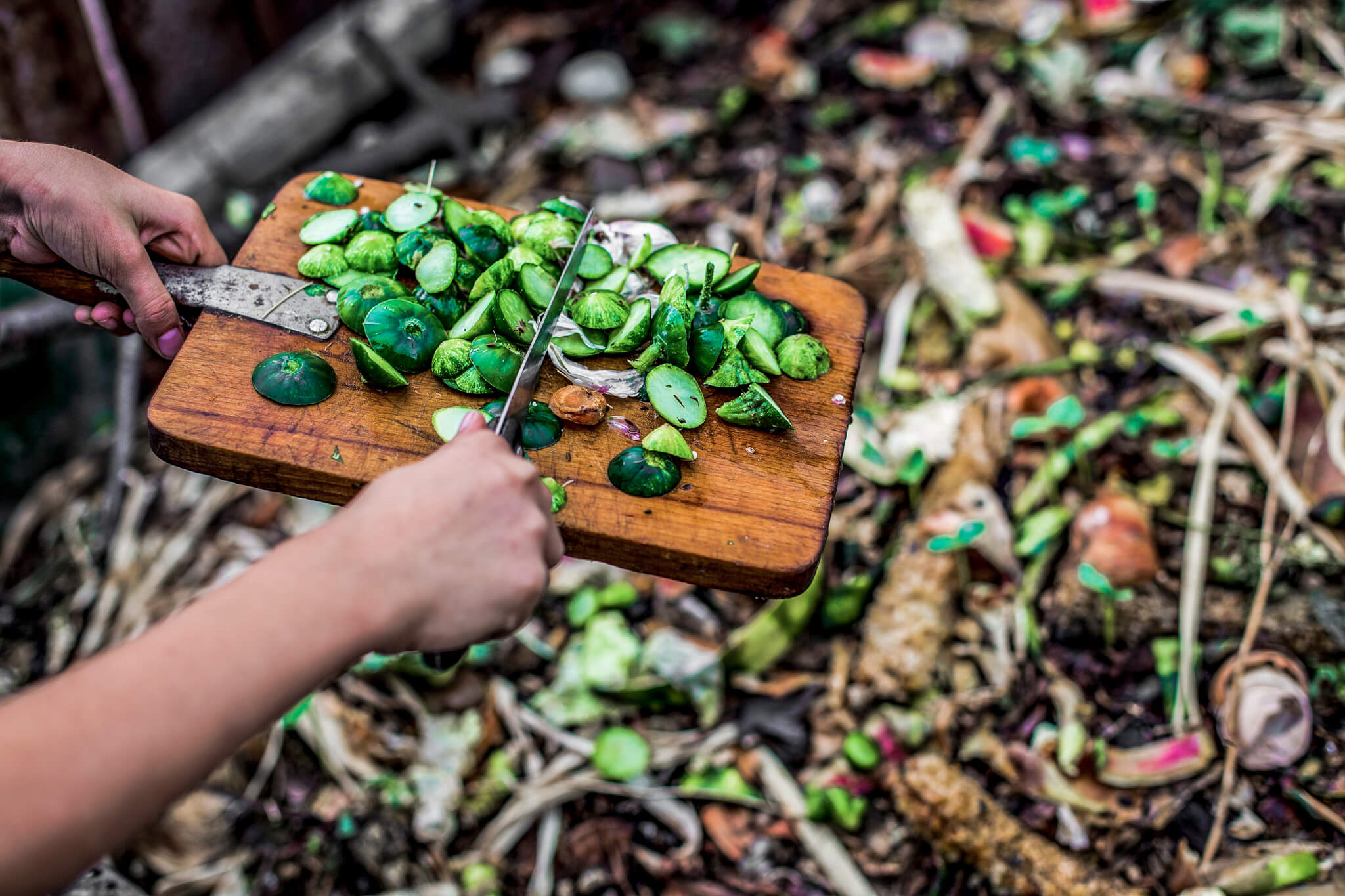








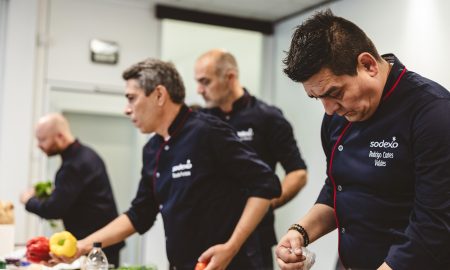
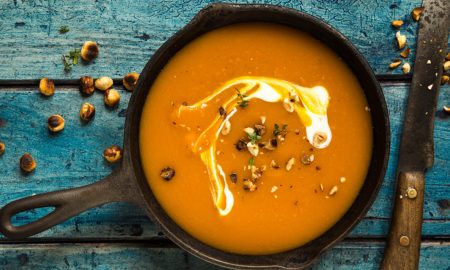
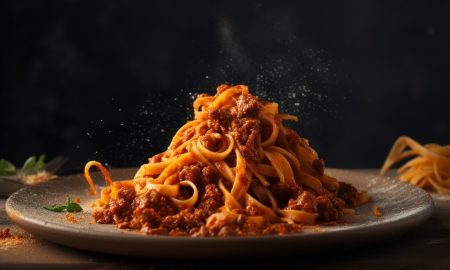


Pingback: The future is now - Food Report 2022 | KTCHNrebel
Pingback: Zero food waste: getting the best from leftovers | KTCHNrebel